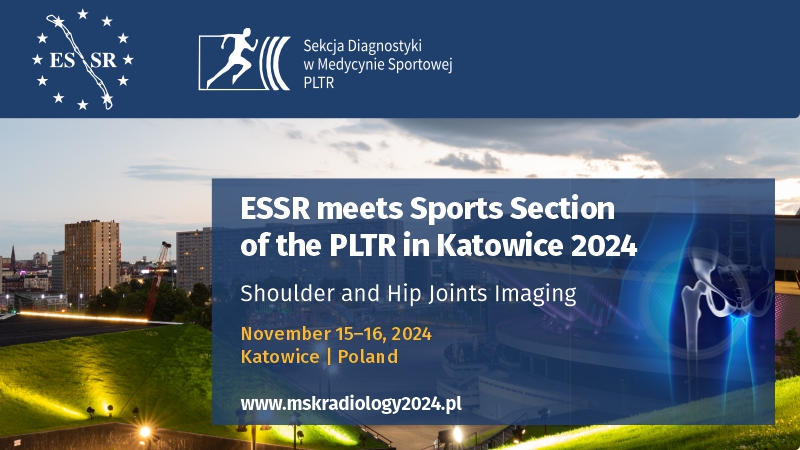Role of ultrasound and MRI in the evaluation of postoperative rotator cuff
Amit Kumar Sahu1, Erin Kathleen Moran2, Girish Gandikota2
 Affiliation and address for correspondence
Affiliation and address for correspondenceRotator cuff tears are common shoulder injuries in patients above 40 years of age, causing pain, disability, and reduced quality of life. Most recurrent rotator cuff tears happen within three months. Surgical repair is often necessary in patients with large or symptomatic tears to restore shoulder function and relieve symptoms. However, 25% of patients experience pain and dysfunction even after successful surgery. Imaging plays an essential role in evaluating patients with postoperative rotator cuff pain. The ultrasound and magnetic resonance imaging are the most commonly used imaging modalities for evaluating rotator cuff. The ultrasound is sometimes the preferred first-line imaging modality, given its easy availability, lower cost, ability to perform dynamic tendon evaluation, and reduced post-surgical artifacts compared to magnetic resonance imaging. It may also be superior in terms of earlier diagnosis of smaller re-tears. Magnetic resonance imaging is better for assessing the extent of larger tears and for detecting other complications of rotator cuff surgery, such as hardware failure and infection. However, postoperative imaging of the rotator cuff can be challenging due to the presence of hardware and variable appearance of the repaired tendon, which can be confused with a re-tear. This review aims to provide an overview of the current practice and findings of postoperative imaging of the rotator cuff using magnetic resonance imaging and ultrasound. We discuss the advantages and limitations of each modality and the normal and abnormal imaging appearance of repaired rotator cuff tendon.








